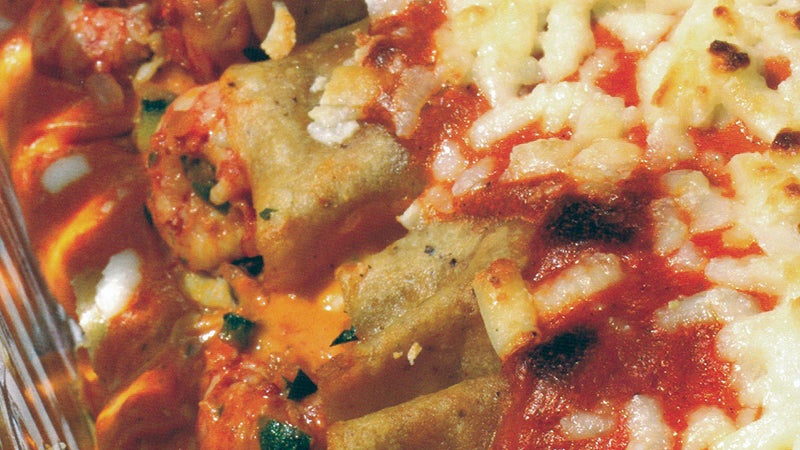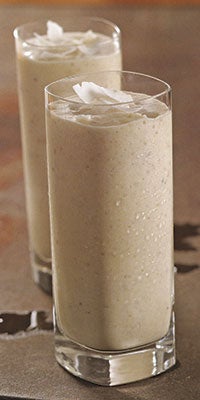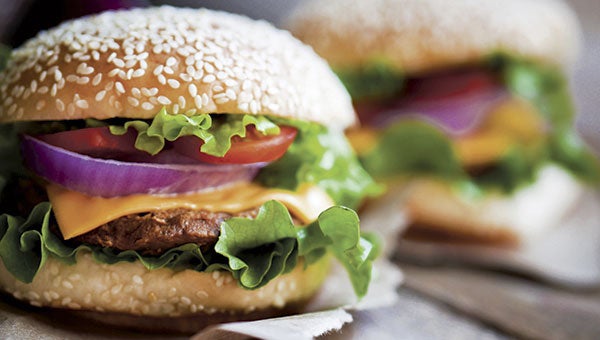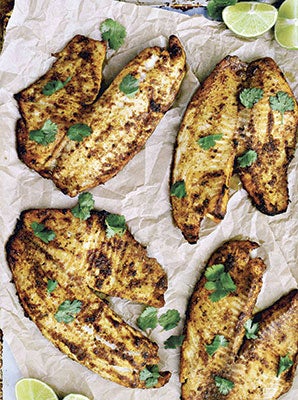(Grass-fed) Beef – it’s what’s for dinner
Published 12:00 am Saturday, October 23, 2010
We have just returned from the 4th annual meeting of the North American Devon Association in Burlington, N.C., and we learned so much more about mob grazing and Devon cattle. Now, I just have three Devon cows, so it is hard to think about mob grazing, but we have decided to give it a try because of its benefit to the soil as well as to the cattle.
Basically it is leaving your cows on a limited amount of pasture for a short period of time and then moving them to another pasture to let the first re-nourish itself. Therefore you need a lot of small pastures and you need to move the cows at least daily. Well, it will be hard to move them daily in this busy life so we are working on moving them weekly, and then perhaps daily as we get more cows. With our drought right now in mind, we also noted that mob grazed pasture holds more moisture. “It’s not how much rain you get, but how much you keep,” according to Greg Judy, the mob-grazing guru who spoke during the meeting.
During the meeting I attended a seminar given by Dr. Charles Sydnor, whose Braeburn Farm near the Quaker village of Snow Camp we visited for the three days of the conference. He is on the staff at Duke University Medical Center and has a wonderful 500-acre farm where he works with many cattle, pigs, goats, sheep, chickens, ducks and horses.
He is relatively new to grass fed beef and the idea of mob grazing, but believes it is best. He believes that we are overweight because of the processed food we eat, lack of exercise, the wrong mix of food and the culture. The culture has to do with how we perceive food. We tend to eat just to fill the stomach, whereas the French eat small portions with friends over a long period of time. They are not obese!
So, why is grass fed beef best? First, it does not contain all those growth hormones and animal by-products. It is also lower in fat. Switching to grass fed beef lowers your risk of a number of diseases, including high blood pressure, diabetes and cancer. Grass fed beef has two to four times more Omega-3’s…the so-called “good fat.” which are an important building block in every cell in your body. People with enough Omega-3’s are less likely to have heart problems. In fact, they’re 50 percent less likely to suffer heart attacks.
In short, from a health standpoint, grass-fed beef stacks up favorably against chicken, pork and even fish. Dr. Susan Duckett of Clemson University, who is working on measuring and comparing grass-fed beef with grain fed beef as well as chicken and pork, had some impressive figures to show the benefits to health in eating grass-fed beef. I was impressed with the comparison with chicken that we generally consider healthier. Though she was comparing the grass-fed beef with conventionally-grown chicken. I think pastured chicken would stack up better.
Of course, we ate a lot of grass-fed beef while we were at the meeting. We had hamburgers, which were wonderful and a chuck roast dinner one evening, all the meat coming from the Braeburn Farm. The meat was tender, and some of the best I have ever eaten. I felt good about eating it, and it did not make you feel heavy after eating like some beef meals do. The same chef and the same meat produced two different hamburgers: when in the restaurant the meat had to be cooked well done by law; the jucier, tastier burger was the medium cooked burger on the farm. E. coli, the bane of industrial agriculture, is not a problem in the grass-fed animals.
On leaving the meeting, we went to a little mill town a few miles down the road from the Braeburn Farm called Saxapahaw. Now I have lived in North Carolina a long time, but I had never heard of this town. The mills were shut down after NAFTA became law in 1994, and the town just died.
A young couple owned the only Shell station there and wanted to do something different with the usual gas station food. They began doing breakfast with just a sign out front. Then they decided to get the help of the local farmers by letting them bring in some of their produce to sell. They began lunch with healthy choices. People came when they heard about the food. The couple now does dinner and you can eat a sandwich for $2.50 or have a gourmet meal for $25. You can eat there or take away.
They also sell grass fed beef, pastured pork and chicken and goat cheese. These are all produced within a 60-mile radius. The old Shell station, which still sells gas as well, had four workers two years ago and now there is a staff of 18. The workers live in one of the renovated mill buildings next door. I was so impressed with this idea. We bought some beef, pork and some smoked goat cheese. I cooked the beef and pork, and thought it was some of the best I had ever cooked. The fat on the pork was just like butter. The pork came from Braeburn Farm’s Ossabaw Island hogs. We bought a brisket sandwich to eat when we returned home and it was delicious also. It was around $7.50. So if you are ever in that area its worth stopping by. It is about 20 miles from Chapel Hill, N.C.
This recipe was in the newsletter published by the Devon Association. It is simple with the main ingredient being grass-fed beef. If grass-fed beef is hard to find ask the butcher at the local Winn-Dixie to get some for you. If customers want an item, the store usually responds. Grass-fed should mean grass-finished, in other words, corn was never used to finish the cow. The reason Devon will do well in the future is that they fatten and finish easily on grass, better than most other breeds.
Grass-Fed Devon Chili
Serves 10-12
1 package chili mix
3 pounds grass-fed hamburger (browned with small onion)
1 can whole tomatoes
1 can stewed tomatoes
1 can tomato sauce
2 cans tomato soup
1 can onion soup
1 Tb. Molasses
1 tsp. cinnamon
Large can kidney beans
Combine all ingredients and bring to a boil. Reduce heat and simmer as long as you can. Enjoy!





